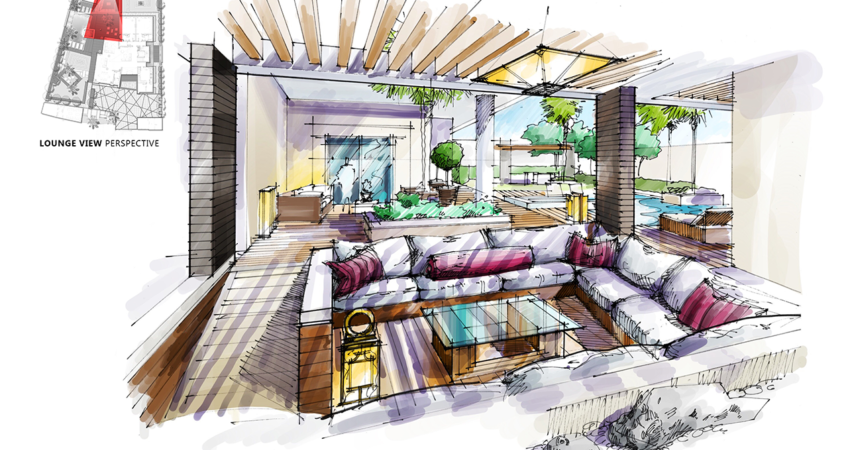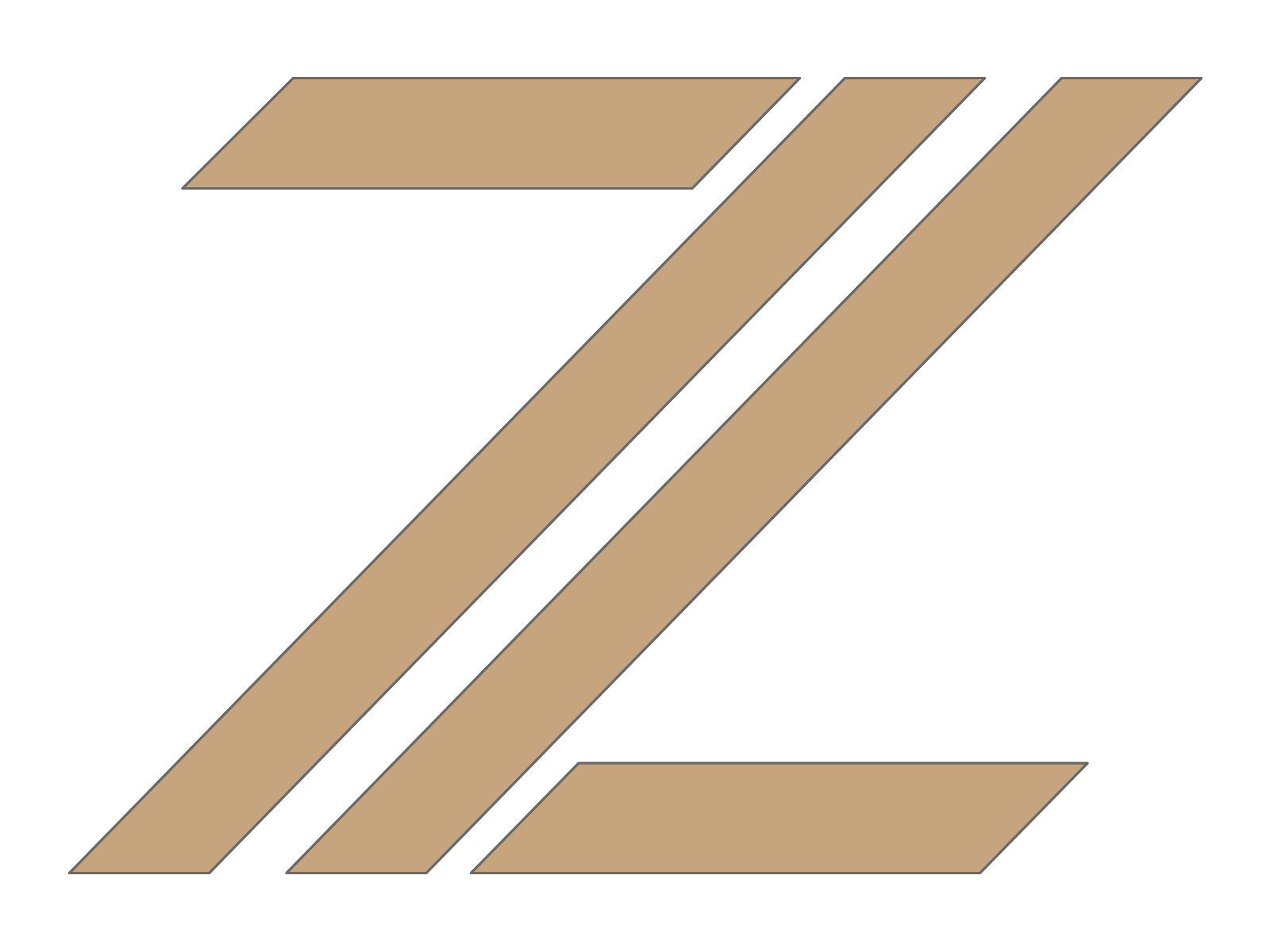Landscape Designing Principles

Designing a landscape is about connecting the body, soul, and mind to the land itself.
Kathryn Gustofson’s
As a landscape designer, you should depend on several principle to achieve the best landscaping design.
Here are some of the main principles to apply in your design:
1. color:
color is the key element of landscape design, it’s powerful in creating mood and feeling, so when you combine the colors you should consider the meaning of the four seasons to be sure that your garden imitates nature in its colors.
Flowering plants can give you the joy of summer,
evergreen trees should give the power of continuity, and fallen leaves trees with their red appearance in autumn will give you the warm feelings of the life cycle.
2. Texture:
textures play an important role in the overall look of the garden landscaping design. it applies to both, hardscape and soft scape, therefor each item in the design has its texture.
for example, the same kind of tree can present a smooth texture while it has its leaves and a coarse texture in autumn when the leaves fall.
gravel’s texture differs from rocks and other stone textures.
texture properties differ between the leaves, twigs, branches, brank, and even flower petals.
so we should divide and keep a distance between items with different textures to avoid a dull-looking result.
3. line:
lines are the base of the design. so the concept of it, and its creation,
depends on the purpose of the landscape design.
for example:
straight lines give a formal impression while curved lines fit well with an informal design.
so all the movement axes and path lines in the gardens should be subject to standers to present their roll rightly.
 Zircon
Zircon